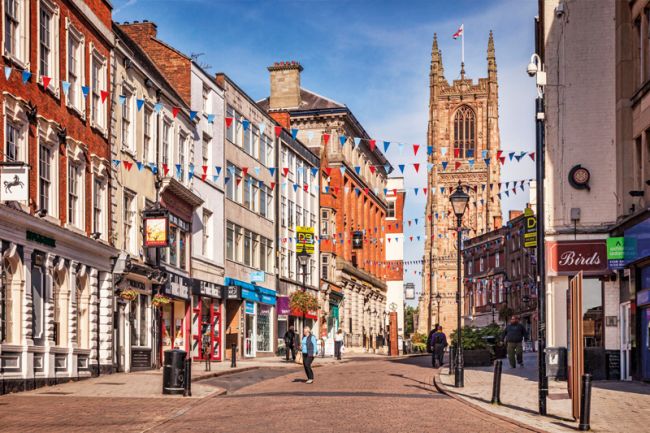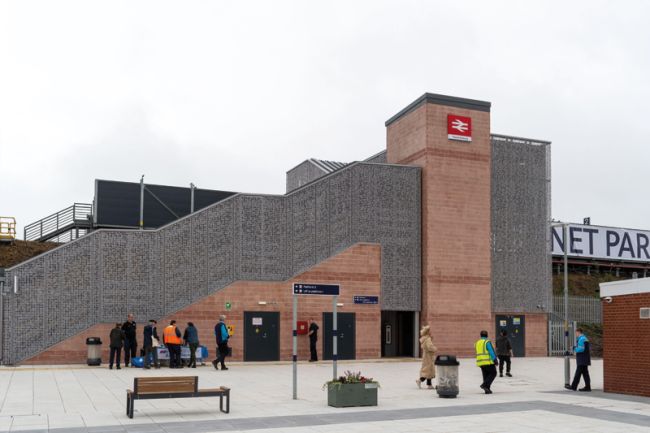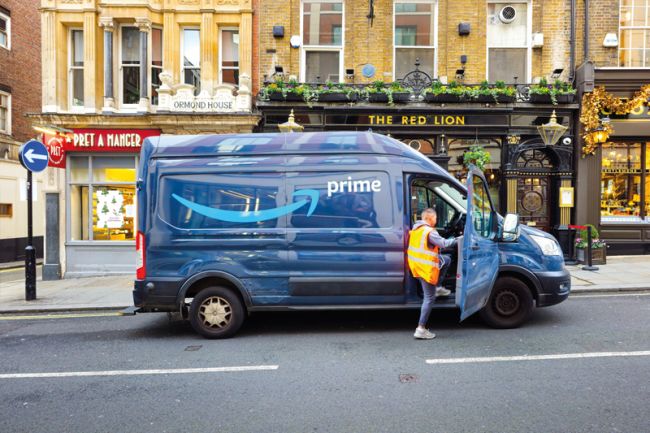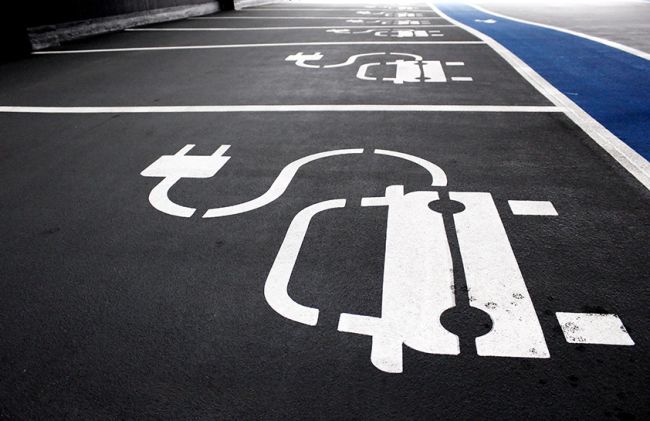Is it time for a national transport strategy?
I took part in a discussion organised by ICE to debate whether England needs a national transport strategy.

Recently, I took part in a lively roundtable discussion organised in Manchester by the Institution of Civil Engineers (ICE) to debate whether England needs a national transport strategy (like those published by the Welsh, Scottish, and Northern Ireland Governments). The event was part of a national consultation that the ICE has been running following the publication of its excellent green paper on the topic.
I came away from the discussion reflecting less on the question of whether England should have a strategy, and more on what I would like to see in it, including a compelling and co-designed vision for the future of transport that's outcome-led and supports alignment of national and local priorities.
A co-designed vision
The potential for transport interventions to impact on the numerous crises facing our society is significant. The role of transport in tackling the climate emergency, cost-of-living crisis, poor public health outcomes, and low levels of economic productivity are now well understood and should all be considered in a joined-up national transport strategy.
To ensure that transport delivers these wider outcomes, a vision-led approach is essential, setting out a compelling view of how good transport contributes to people’s quality of life and wellbeing. The vision should also highlight the inherent relationship between people’s need to travel and where and how activities and services are delivered. Hence, a national transport strategy should reference the wider systems which shape the way we live our lives, such as land use, digital, and energy planning.
Designing this vision must be a collaborative process that brings together not only national, regional, and local stakeholders but also a cross-section of the general population, including young people and those from diverse socio-economic backgrounds and geographies, to better understand what they need from transport to support their day-to-day lives.
This co-designed national transport vision must also consider the needs of future generations, perhaps through envisioning different plausible future scenarios. This is particularly important given the long-term impacts of major transport investment. Balancing today’s needs with those of future generations has been a fundamental feature of the Welsh Government’s transport vision and has underpinned their high profile review of the roads investment programme.
Start with outcomes, not modes.
The ICE’s green paper clearly articulated some of the challenges associated with national transport guidance and delivery, which so often focuses on what’s required for individual modes of transport but doesn’t always give clarity on how to integrate or make trade-offs between modes. I would love to see a national transport strategy start from a more “modally-agnostic” position; focusing on the outcomes needed from a transport system to enable the vision to be achieved and considering the connectivity needs of both people and freight.
These ambitions would need to be tempered by some clear expectations around likely overall funding availability, environmental requirements (ideally setting operational and embodied carbon budgets for national and local transport investment), and the social value to be delivered through any transport enhancements. Applying these parameters would help to assess whether the desired outcomes are best delivered by road, rail, or air networks and the relative importance of investing in local and/or national networks.
Such analysis will be critical in helping to identify how funding should be apportioned to different parts of the transport network. On the basis that national funding is not infinite, trade-offs will need to be made in terms of how much funding is allocated to national road, rail, and local transport networks. A national transport strategy should set out clearer guidance on how such trade-offs should be resolved, and how much funding should be allocated to different networks over a short, medium, and long-term period, based on a more dispassionate view of what sorts of investment deliver greatest value from an economic, social, and environmental perspective, and with the enabling confidence brought through clear structured frameworks, as enjoyed by the railway's five-year funding cycle, also applied to regional and local funding.
Think national, act local.
Finally, a national strategy needs to provide a coherent but flexible framework to help align national, regional, and location action. It should clarify how to deal with the complex interfaces between national and local networks, particularly where they converge in urban areas. Having a compelling national vision, supported by clear objectives and targets, would help to minimise the risk of conflicting delivery priorities across local and national networks and should help to accelerate delivery across all networks. A more integrated approach to planning local and national networks would, for example, enable public transport, active travel, freight consolidation, and local behaviour change solutions to be developed to tackle congestion on urban motorways. A national strategy should focus on more and better integration between modes of transport and on growth and innovation in sustainable freight movement, which can only be achieved by joining up national and local networks.
Inevitably, difficult decisions will need to be made where national and local ambitions don’t fully align, and a national strategy shouldn’t seek to provide specific solutions to all of these decisions, but rather provide a clear set of principles which should be applied (such as clarifying modal hierarchies for different types of trip, or by setting overall traffic and carbon reduction targets (such as the target adopted by the Scottish Government to reduce car kms by 20% by 2030). This would allow much clearer alignment to be established from Local Transport Plans and Regional Transport Strategies back to a national vision and objectives.
Epochal challenges like the rapid decarbonisation of our transport system won't be achieved without strategic leadership and direction. Changes in behaviour and overall reductions in traffic will be necessary, alongside technology solutions, and they won't happen unless national, regional, and local transport plans are joined up, and underpinned by measures that reduce the need to travel and enable modal shift. Currently, there is a patchwork of different policies being pursued across the country to tackle congestion and transport emissions. A national strategy could help to provide a unifying approach, identifying the policies which are best delivered nationally and those which should be delivered locally, and making sure that there is consistent messaging and roll-out across the country (supported by appropriate revenue and capital funding). For example, a national travel behaviour change campaign could provide an overarching framework which can then be targeted and tailored for adoption by local authorities to reinforce messages and activities at a local level (learning from successful public health campaigns, such as change4life or quit smoking).
If we're to make real in-roads into tackling existing and future challenges facing the country, we would be well served by a long-term and fully integrated sustainable transport strategy. A framework for decision-makers to tackle the climate emergency, enable a more inclusive economy, and deliver solutions that serve the people of today and the communities of tomorrow.
























